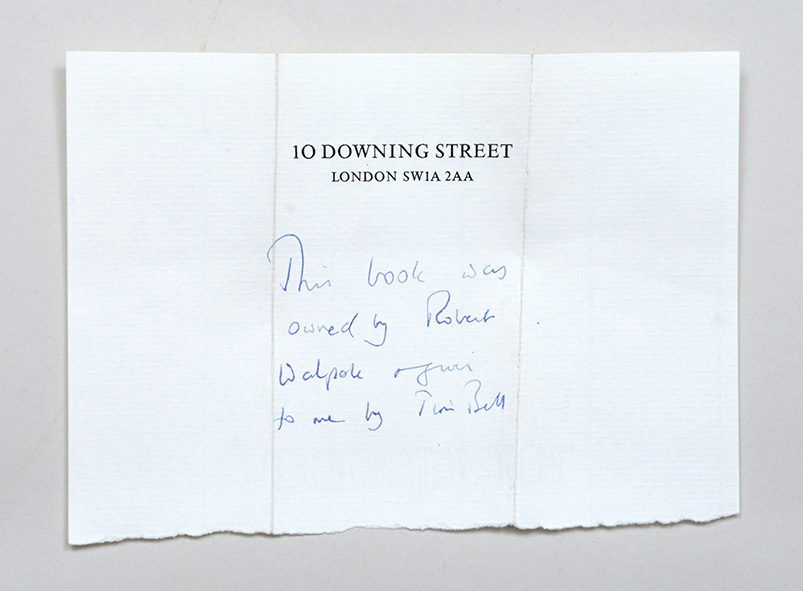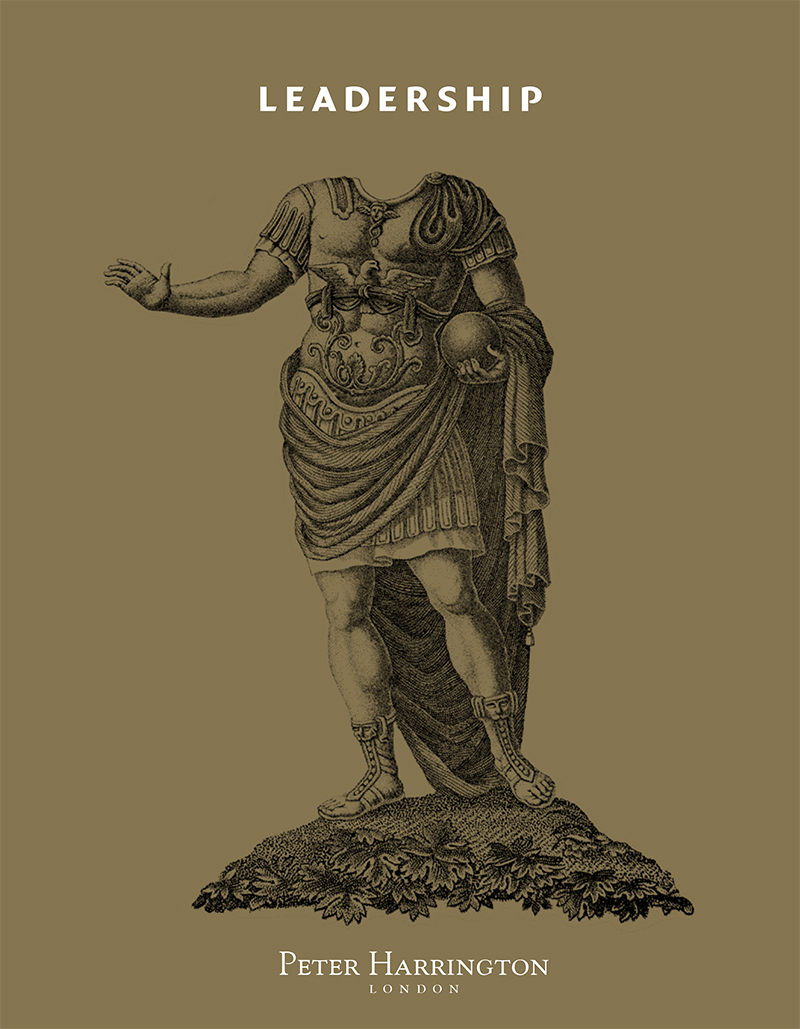The latest in our The Booksellers series, cataloguer John Ryan shares his journey into the rare book world, a fascinating item, and his first catalogue at Peter Harrington; a project he is most proud of.
Interview by Winifred Hewitt-Wright
How did you find yourself working in rare books? Was it always something you wanted to do?
I was 18 and studying History and Politics at Oxford University. In that period of life, everything feels new and exciting – I was willing to try anything and everything. I stumbled upon an advertisement for the April 2014 Oxford rare book fair and drifted along with a couple of friends. It wasn’t long before I was hooked. I had never considered that the whole range of book history is buyable and sellable, from the earliest printing in the 15th century through to Harry Potter. It gave me a far greater sense that history was real and still living than my history degree ever did. Not long after, the head of my college advised me to join the Oxford University Society of Bibliophiles, the University’s rare book organization. In my third year of university, I was thrilled to be selected as the Society’s president. From touring Oxford’s old libraries, bookshops, and binderies, and meeting the sometimes-peculiar characters of the book world, I soon decided that rare books were what I wanted to do with my life. In the summer after graduation, I worked for a couple of months as an intern in Blackwell’s rare book department in Oxford, and on completion I emailed Peter Harrington and asked for a job. A few weeks later here I was. Now it’s been five years, and – I just checked – I have catalogued almost 9,000 rare books!
What do you find most exciting about working as a cataloguer/ bookseller at Peter Harrington?
The huge range of material we deal in, and our constantly evolving collection of extraordinary books. If you walk from the basement to the attic of our five-storey Chelsea shop, you may find one staff member working on an old Chinese manuscript, another on suffragette ephemera, and a third on a signed Roald Dahl volume. The same walk the following day would see entirely different items across an equally diverse range. The extent of Peter Harrington’s holdings at the very top of the rare book market makes it a phenomenal place to work. We have about fifty items in the six-figure range on our website right now, each of which would not be out of place in a museum display case. Unlike museums, where you paw at the glass, here you actually handle the books.

OSBORNE, Francis. Advice to a Son. 1658-1662.
You must get this all the time, but what is the most fascinating item you’ve ever had on your desk?
A book I catalogued two months after I started. It was a bound collection of the writings of Francis Osborne, a 17th century author, opening with a conduct guide, printed in 1658, entitled “Advice to a Son”. Nothing amazing so far, but on the front free endpaper, there was
the ownership signature of Robert Walpole, Britain’s first prime minister. That in itself would earn it a place in any serious collection of British politics. To my excitement, inside was a note, on Downing Street letterhead, which read “This book was owned by Robert Walpole & given to me by Tim Bell”. The note was written by Margaret Thatcher. Tim Bell was Thatcher’s PR guru, the mastermind behind “Labour isn’t working” and much other famous, or infamous, Thatcherite propaganda. Thatcher then gave the book to her own son, presumably in good humour given the title. This one object links Britain’s first prime minister with Britain’s first female prime minister, across two and a half centuries. I doubt any other artefact exists which can claim that. We sold it to a very eminent figure in the book world, but we never say who!
 What is your specialist subject?
What is your specialist subject?
In the broadest sense, economics and philosophy, but I am most fascinated by political figures and political thinkers, and the interplay between them. A colleague who deals with literature and fiction once said, probably as a joke, that they are only interested in things that didn’t happen. I’m the opposite.
Our latest catalogue is named Leadership – your first. How has the experience been, and what is the main message you’d like our readership to take away from it?
It’s been both a joy and a marathon. Ever since starting in the trade, I knew that I’d like to one day curate a catalogue. For a few years, I had an idea, which formed the kernel of Leadership. In my university days, I came across a letter from Catherine the Great to Diderot. The philosopher had written to her telling her exactly how she should reform Russia. She replied that while he wrote on paper, she had to write on human skin. This concept has always interested me, that the political theorists in their writing chairs are not the ones in the seat of power who have to make decisions that affect real people. The fact that political action has always been so different from the precepts of political theory, reflects that those two desks are very far apart. The catalogue reflects a broad concept of leadership; Presidents of the United States, Lewis and Clark in the wilderness, William Bligh trying to keep his crew in check, or Lawrence of Arabia attempting to rouse a revolt in the desert. It can also be leaders of social movements, whether Josephine Baker fighting racial segregation, or early trade unionists leading major strikes. And perhaps most importantly, it can be religious figures, from Jesus to Muhammad, who remain leaders centuries after their deaths. The main message for myself is that it is much harder to be a leader than a writer and that paper and human skin are still as different as in the days of Catherine the Great. Leaders offer us all a reservoir of experience we can draw on. The tremendous pressure that the leaders of the past were subject to gives us a sense of perspective – we all face challenges in our lives, but none of us will have to decide, like Harry Truman, whether or not to drop a nuclear bomb. And on a similar point, the catalogue is a reminder that both us and the leader of a nation are in essence the same, despite attempts of propaganda to portray Stalin or Mao, or even Churchill or Mandela, as heroic supermen.
And finally, how important was it for you to have this subject highlighted?
I’m thrilled it’s passed all the hurdles. Some may believe that our catalogues come thick and fast, but they truly are a result of a good couple of months of work and involve many people. My face is on the back cover, but the list of credits for this catalogue would in some form incorporate most of the company. The catalogue represents fields of book collecting which we have dealt with many times before. We have done a politics, philosophy and economics catalogue; leaders of expeditions have been covered in catalogues on voyages and exploration; Winston Churchill, who gets a well-deserved four pages here, once had a whole catalogue to himself. But, as far as I know, this is the first catalogue produced in the book trade which takes the theme of leadership on the broader grounds I’ve understood it. I hope people enjoy reading the catalogue as much as I enjoyed compiling it.






